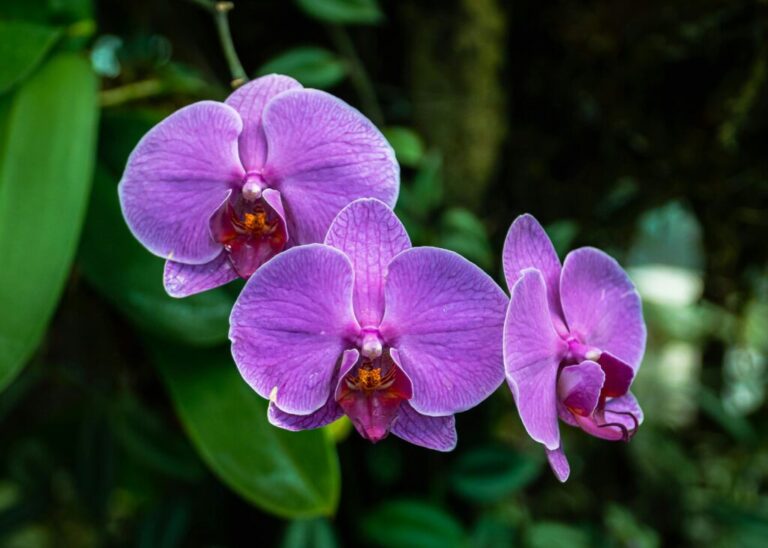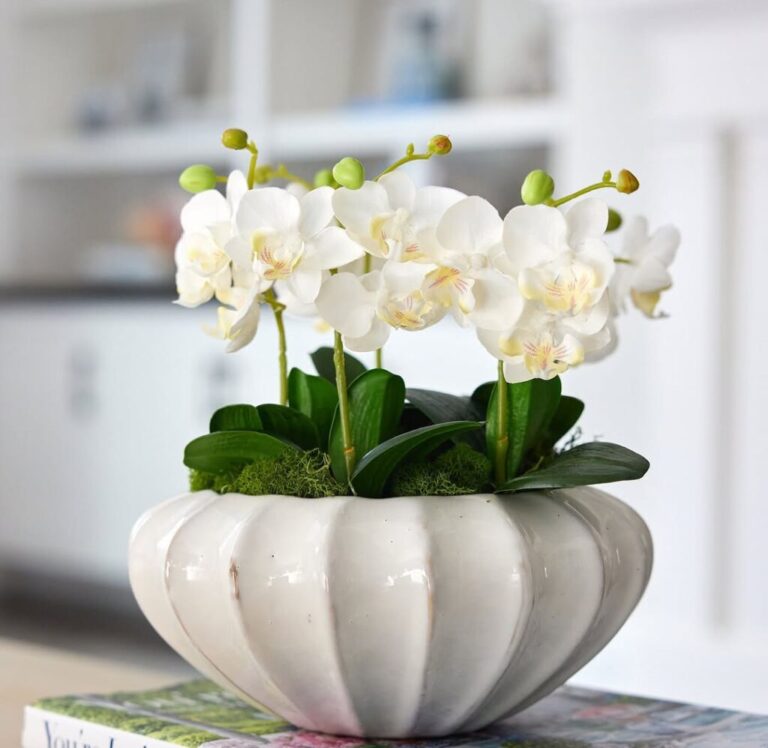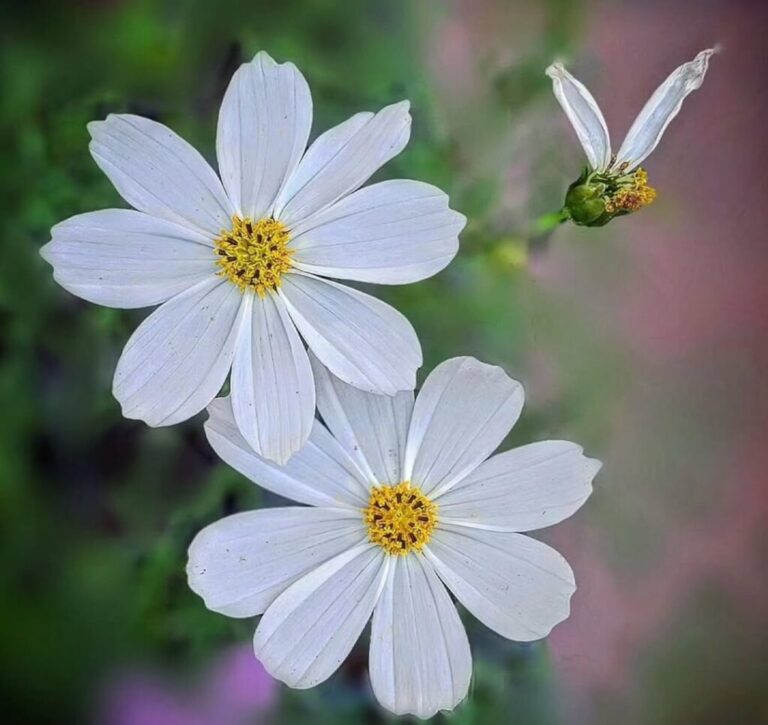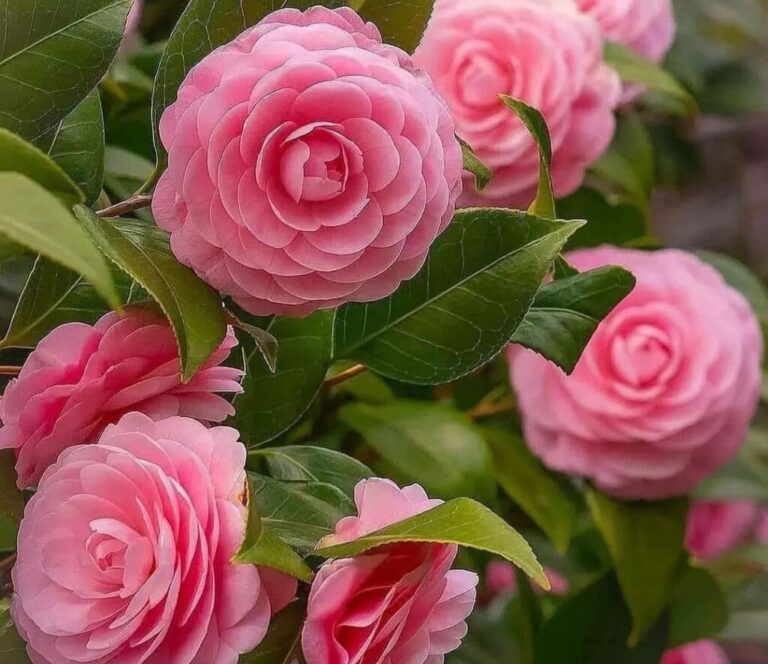When it comes to growing orchids, there’s one essential factor that even experienced gardeners often mismanage: moisture. Yes, moisture and orchids don’t always play nice together. Too little, and your orchid dries out; too much, and the roots rot. Mastering this balance is the secret to healthy, thriving plants and long-lasting blooms.
Orchids may look graceful and low-maintenance, but they have specific needs—especially concerning water. Many plant lovers unknowingly make small watering mistakes that have big consequences. In this post, you’ll uncover 10 shocking mistakes people make with moisture and orchids, plus straightforward fixes to help your plants flourish like never before.
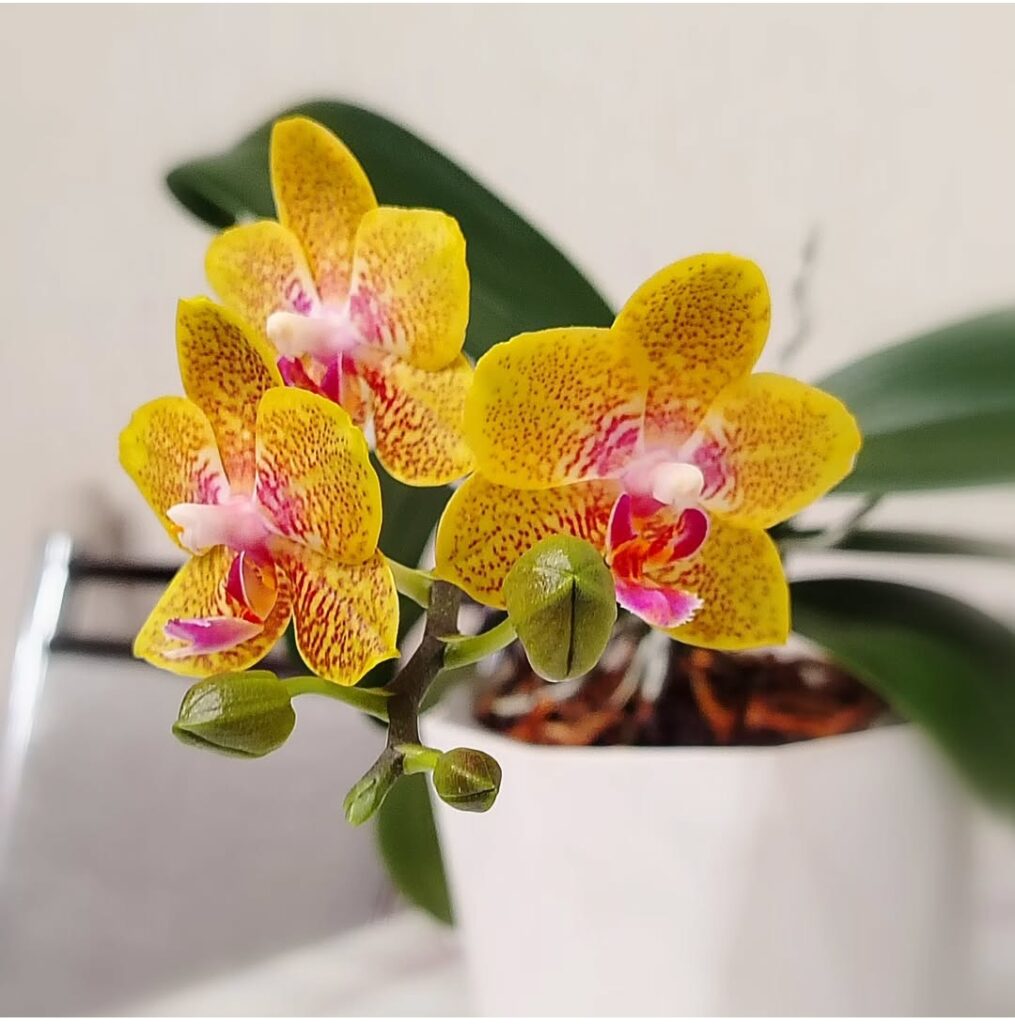
- 1 1. Overwatering Without Realising It
- 2 2. Using the Wrong Pot
- 3 3. Watering Late in the Day
- 4 4. Ignoring Humidity Levels Indoors
- 5 5. Letting Water Pool in the Crown
- 6 6. Using Tap Water Without Caution
- 7 7. Not Adjusting Watering for Seasons
- 8 8. Neglecting to Check the Roots
- 9 9. Using the Wrong Potting Medium
- 10 10. Lack of Air Circulation
- 11 FAQs: Moisture and Orchids
1. Overwatering Without Realising It
Overwatering is one of the most frequent and hazardous errors. It’s easy to think that more water equals more love, but orchids don’t work that way. They hate having their roots constantly wet. Overwatering leads to suffocated roots, fungal infections, and irreversible root rot—all from too much enthusiasm with the watering can.
Fix: Let the potting medium dry out between watering sessions. Use your finger or a moisture meter to check the dampness before watering again. This helps maintain the right balance between moisture and orchids, ensuring that your plant absorbs only what it needs without drowning.
2. Using the Wrong Pot
Orchids need breathable pots that let excess moisture escape. Regular plastic or ceramic pots without drainage holes trap water, creating a soggy mess at the roots. This lack of airflow leads to decay and an unhealthy growing environment, no matter how perfect your watering schedule may seem.
Fix: Always select orchid-specific pots, such as those with several slits or drainage holes. Live in a cold climate? Use plastic pots with holes to keep moisture stable. In hot climates, opt for ceramic pots with holes to cool roots and evaporate excess moisture. Choose your pot wisely to support both moisture and orchids.
3. Watering Late in the Day
Many people water their orchids in the evening, thinking it’s convenient. But moisture left on the leaves and crown overnight doesn’t evaporate quickly, encouraging fungal growth and disease. When darkness falls, orchids can’t absorb water efficiently, making late-night watering risky for their health.
Fix: Water your orchids first thing in the morning every day. This allows enough time for the plant to take in moisture and dry off before dusk. It also allows proper airflow throughout the day, promoting a healthier relationship between moisture and orchids by preventing buildup and rot.
4. Ignoring Humidity Levels Indoors
Orchids don’t just rely on watering—they also absorb moisture from the air. If your indoor humidity is too low, especially in winter or air-conditioned spaces, your orchid may dry out even if you water regularly. Otherwise healthy orchids are silently killed when ambient humidity is ignored.
Fix: Use a hygrometer to track indoor humidity. A humidity range of 50% to 70% is ideal for orchids. If levels drop, use a humidity tray, mist the leaves lightly, or place a small humidifier nearby. Managing humidity keeps moisture and orchids in harmony and prevents dehydration.
5. Letting Water Pool in the Crown
Water collecting in the orchid’s crown, or the middle of the leaves, is a risky and sometimes overlooked error. This moisture doesn’t drain easily and can rot the plant from the inside out. Crown rot is one of the fastest ways to kill an otherwise thriving orchid.
Fix: After watering, gently tilt the orchid or pat the crown dry with a soft cloth. Preventing standing water at the crown is critical to keeping your orchid healthy. It’s a small effort with big rewards when it comes to balancing moisture and orchids safely.
6. Using Tap Water Without Caution
Not all water is created equal. Tap water often contains salts, chlorine, and fluoride—elements that can accumulate in the orchid’s potting medium and damage roots over time. These impurities interfere with your orchid’s ability to absorb water and nutrients effectively, disrupting the moisture and orchid balance.
Fix: Whenever possible, use filtered, distilled, or rainwater. If you have to use tap water, wait a full day before using it. This allows chlorine to dissipate. Clean water means clean roots and a smoother relationship between moisture and orchids.
7. Not Adjusting Watering for Seasons
Watering needs change with the seasons. Orchids may require more regular watering during warmer months because of their increased rate of evaporation. But in cooler seasons, the same schedule can cause root rot. Many plant lovers don’t adjust for these changes and wonder why their orchids suddenly start suffering.
Fix: Pay attention to the weather and your home’s humidity. Always check the moisture levels first, and water more in the summer and less in the winter. Seasonal awareness is vital for maintaining a healthy cycle between moisture and orchids all year long.
8. Neglecting to Check the Roots
If your orchid isn’t thriving, the roots are usually the first place to look—but most people don’t check them. Silvery, green, or strong roots are signs of good health. If they’re mushy, brown, or hollow, you’ve got a moisture problem brewing below the surface.
Fix: Gently lift your orchid from the pot every few weeks to inspect the roots. Using sterile scissors, trim off any dead or decaying parts. You can handle wetness and orchids with more assurance if your roots are healthy since they efficiently absorb and control water.
9. Using the Wrong Potting Medium
Orchids aren’t houseplants you can throw into regular soil. Standard potting mixes are too dense and hold water for too long. This leads to suffocation of the roots, which need air just as much as they need moisture.
Fix: Use a special orchid potting mix, typically made from bark, perlite, or sphagnum moss. These substances offer the ideal ratio of water to air. Choosing the right medium lets moisture and orchids coexist naturally without risking root damage.
10. Lack of Air Circulation
Good airflow is essential in managing how quickly moisture dries up around your orchid. Poor ventilation creates a damp, stagnant environment that encourages fungal infections, mould, and slow growth—all signs that your orchid is struggling with improper moisture and orchid conditions.
Fix: Keep orchids in well-ventilated areas. Crack a window, use a small fan nearby, or rotate plant placement occasionally. Improved air circulation supports healthy drying and nutrient absorption, letting moisture and orchids operate in perfect balance.
Final Thoughts: Balance is Everything
Caring for orchids may seem overwhelming at first, but once you understand how moisture and orchids interact, it becomes much easier. Avoiding these common mistakes can dramatically improve your plant’s lifespan and flower production. It’s not about watering more or less—it’s about watering smart.
Quick Tips Recap:
Use the right pot based on your climate.
Always water in the morning.
Adjust watering with the seasons.
Monitor humidity and root health regularly.
Mastering moisture and orchids is less about guesswork and more about observation and care. Follow these fixes, and your orchids will reward you with vibrant colour, stunning blooms, and strong roots for years to come.
FAQs: Moisture and Orchids
Do all orchid varieties have the same moisture needs?
No, different orchids have different water requirements. For example, Vandas like high humidity, while Cattleyas prefer to dry out completely between watering.
How do I know if my orchid potting mix is retaining too much moisture?
If the mix feels soggy after a few days or smells musty, it’s holding too much water. You may need to repot using a chunkier, faster-draining mix.
Can placing orchids in bathrooms help with humidity?
Yes, bathrooms are naturally more humid and can benefit orchids—just make sure there’s enough light and ventilation.
What’s the role of airflow in moisture control for orchids
Good airflow prevents fungal growth and keeps excess moisture from lingering. Use a fan in your growing space if needed.
How do temperature and moisture levels affect each other in orchids?
Higher temperatures cause faster evaporation, meaning orchids may dry out quicker. Cooler environments retain moisture longer—adjust watering accordingly.
Should I change watering frequency during winter?
Yes. Orchids generally require less water in winter due to slower growth and lower evaporation rates.


